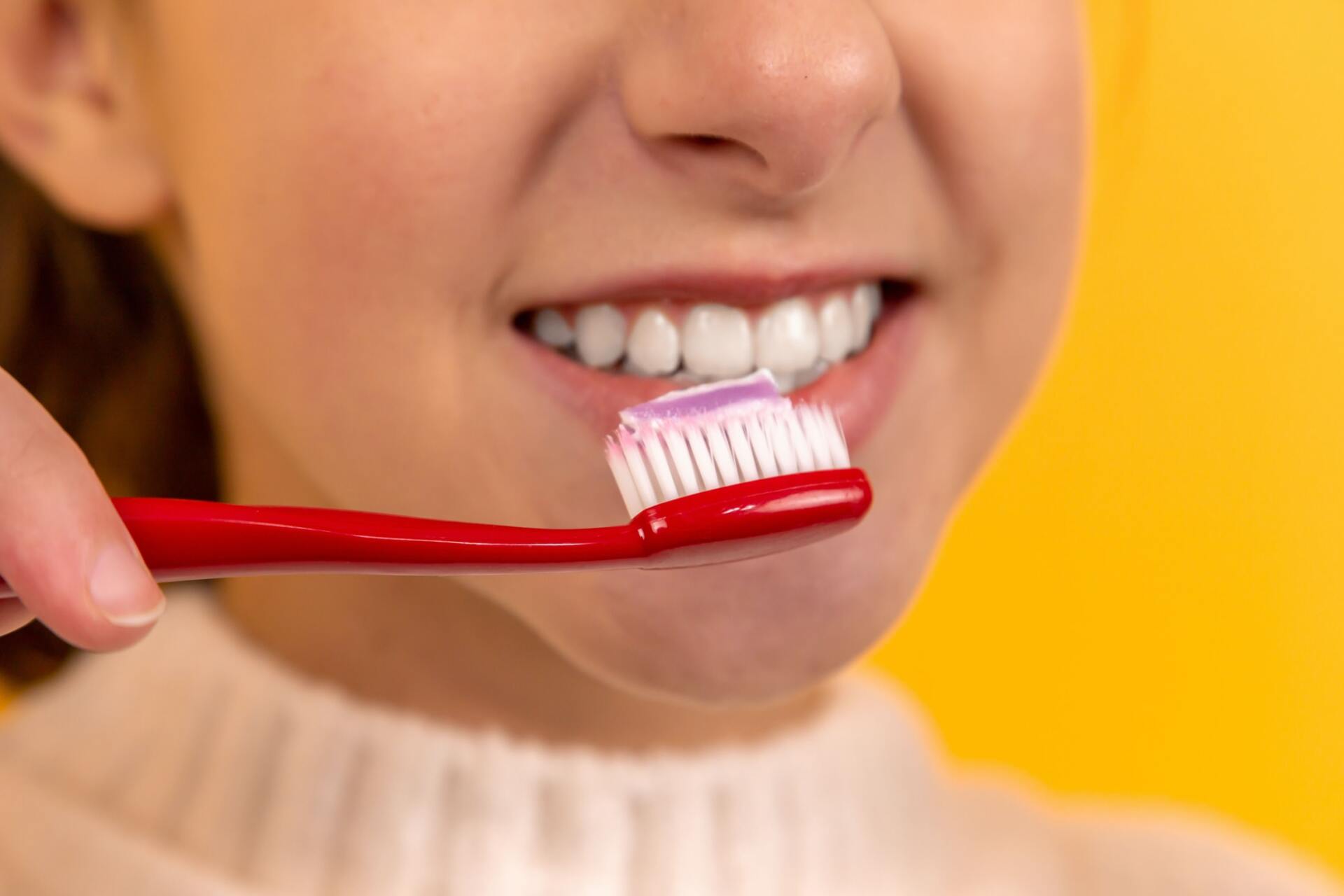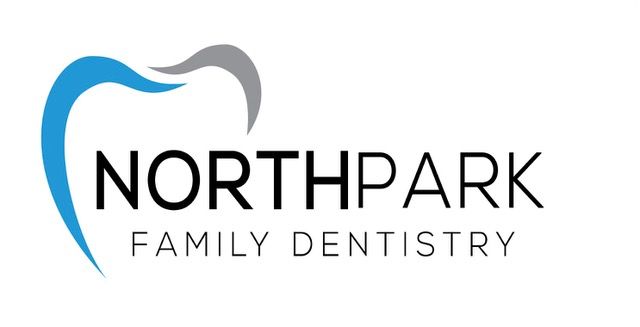
PREVENTION METHODS
Don’t delay in getting the care you need. If you would like to make an appointment to meet our dentists, give us a call so we can schedule you to be seen. We encourage you to bring in your loved ones so that everyone can experience our exceptional dental care.
In order to maintain a healthy smile, it is vital to have professional cleanings and regular check-ups. Therefore, you should visit your general dentist twice a year (once every six months). At each appointment, your dentist will examine your teeth and provide an evaluation of existing dental problems and proposed treatment.
- In the morning after breakfast
- After lunch or right after school
- At bedtime
The cornerstone to a good at-home oral hygiene regimen is proper brushing and flossing. Practicing excellent dental hygiene avoids unhealthy teeth and costly dental treatments.
Use a toothbrush with soft bristles and a small strip of fluoride toothpaste. When you brush your teeth, move the brush in small, circular motions to reach food particles that may be under your gum line, Hold the toothbrush at an angle and brush slowly and carefully, covering all areas between teeth and the surface of each tooth. It will take you several minutes to thoroughly brush your teeth. Brush up on the lower teeth, down on the upper teeth, and the outside, inside, and chewing surface of your front and back teeth. Brush your tongue and the roof of your mouth before you rinse.
Brush your teeth three times daily to avoid the accumulation of food particles and plaque:
Do not swallow any toothpaste, and rinse your mouth thoroughly with water after you finish brushing, As soon as the bristles start to wear down or fray, replace your toothbrush with a new one.
For areas between the teeth that a toothbrush can't reach, dental floss is used to remove food particles and plaque. Dental floss is a thin thread of waxed nylon that is used to reach below the gum line and clean between teeth. It is very important to floss between your teeth every day.
Pull a small length of floss from the dispenser. Wrap the ends of the floss tightly around your middle fingers. Guide the floss between all teeth to the gum line, pulling out any food particles or plaque. Unwrap clean floss from around your fingers as you go so that you have used the floss from beginning to end when you finish. Floss behind all of your back teeth.
Floss at night to make sure your teeth are clean before you go to bed. When you first begin flossing, your gums may bleed a little. If the bleeding does not stop after the first few times flossing, let a staff member know at your next appointment.
Tooth decay is a progressive disease resulting from the interaction of bacteria that naturally occur in your mouth and the sugars consumed in your diet. Sugar causes a reaction in the bacteria, which causes the bacteria to produce acids. These acids break down the minerals in teeth, forming a cavity. Dentists can remove the decay and fill the tooth using a variety of fillings or cover the tooth with a crown, Avoiding unnecessary decay simply requires strict adherence to a dental hygiene regimen: brushing and flossing twice a day, regular dental check-ups, diet control, and fluoride treatment.
The teeth, bones, and soft tissues of the mouth require a healthy, well-balanced diet. A variety of foods from the five food groups help minimize and avoid cavities and other dental problems. Consuming sugary and starchy foods should be limited, including candies, cookies, chips, and crackers, Healthier foods, such as vegetables, low-fat yogurt, and cheeses, help promote stronger teeth.
The grooves that form the chewing surfaces of the back teeth (molars) are extremely difficult to clean of bacteria and food. As the bacteria react with the food, acids form and break down the tooth enamel, causing cavities. Tooth sealants can protect these areas by sealing the grooves, preventing bacteria and food particles from accumulating. The sealants are made of a resin material that is applied to the back teeth, molars, premolars, and any area prone to cavities. Sealants last for several years but need to be checked during regular appointments.
Fluoride is a substance that helps teeth become stronger and resistant to decay.
Regularly drinking fluoridated water and daily brushing and flossing ensures significantly fewer cavities. Many, if not most, public water sources contain fluoridated water. Your dentist can evaluate the level of fluoride in your primary drinking water source and recommend fluoride supplements if necessary. There are also many kinds of kinds of toothpaste, mouthwashes, and even some dental flosses that contain fluoride.





